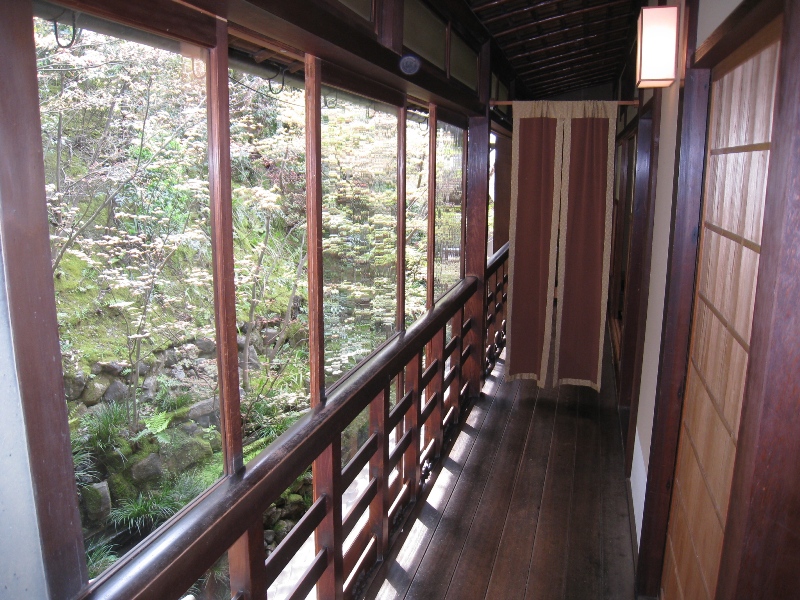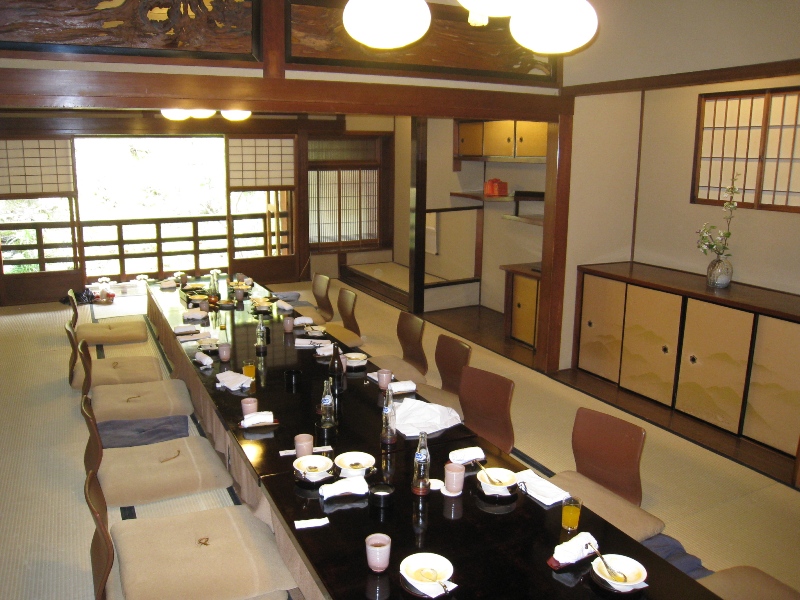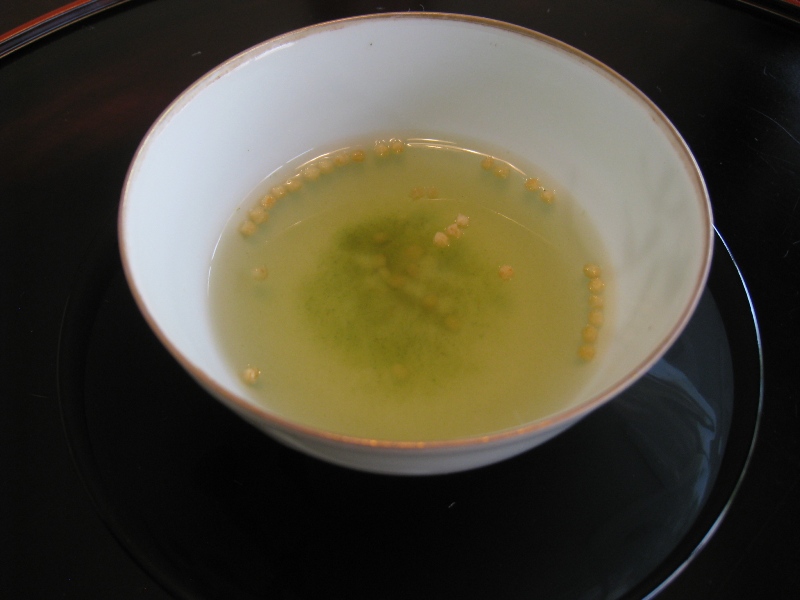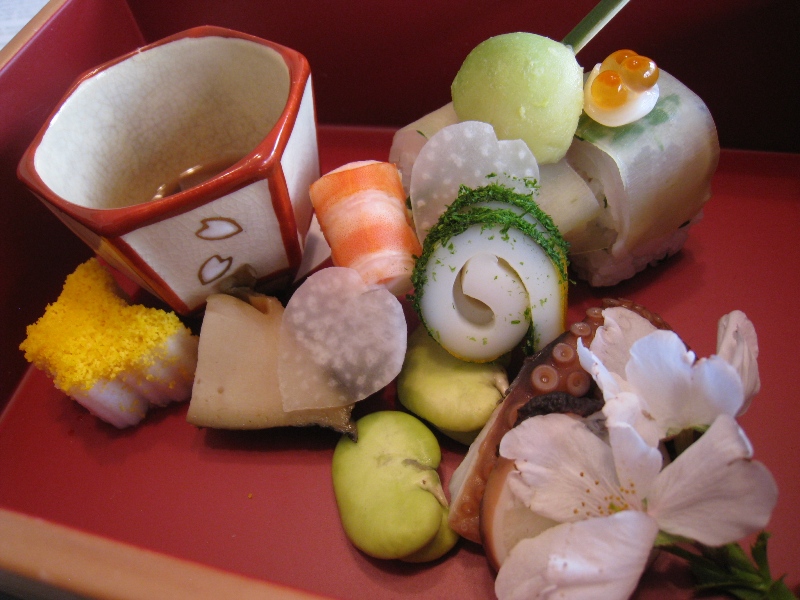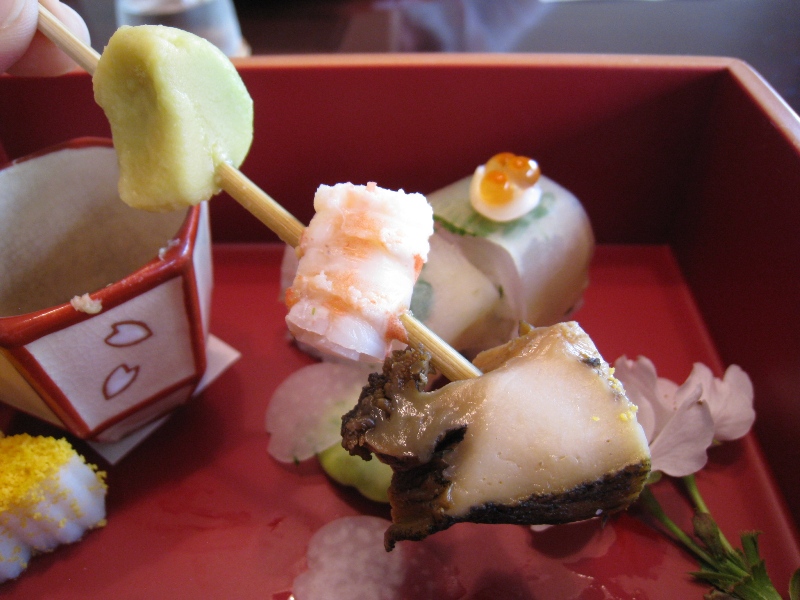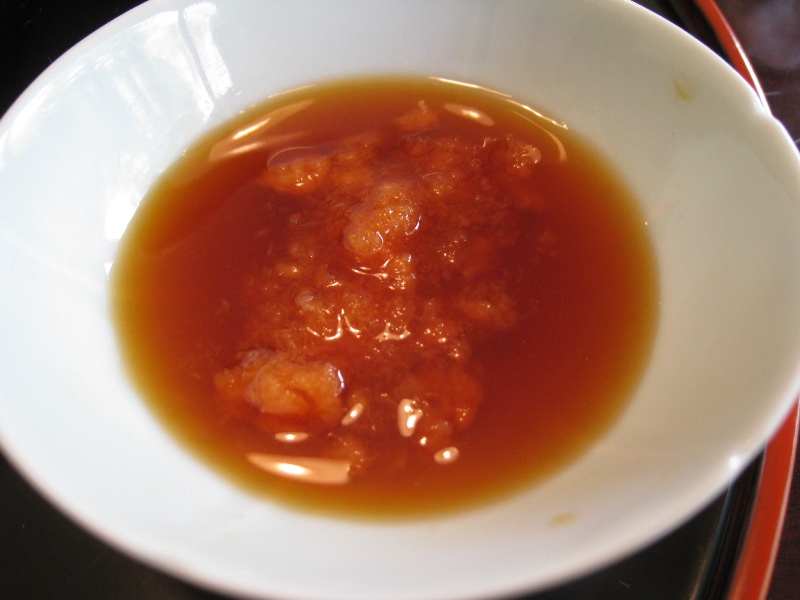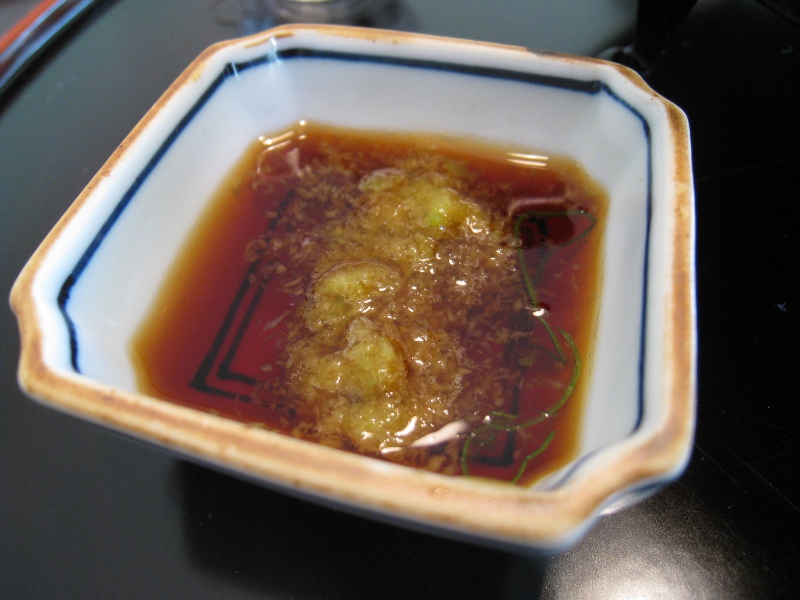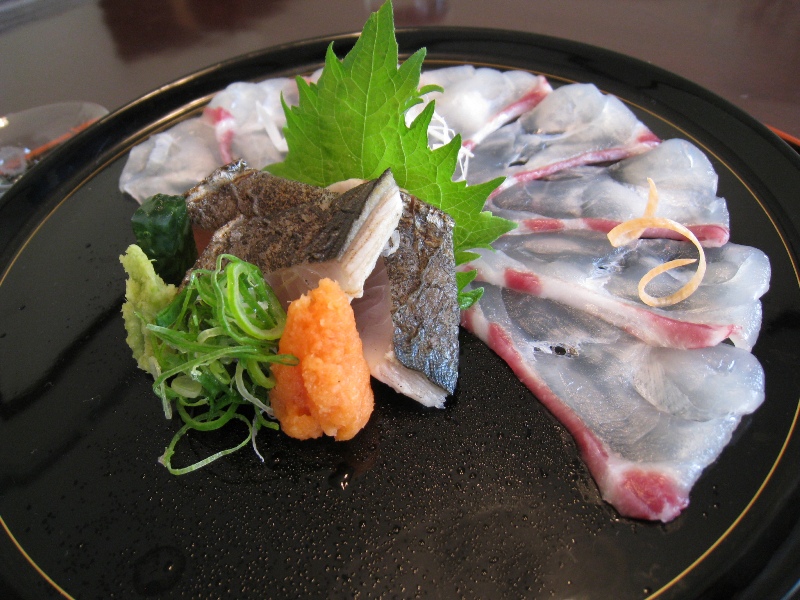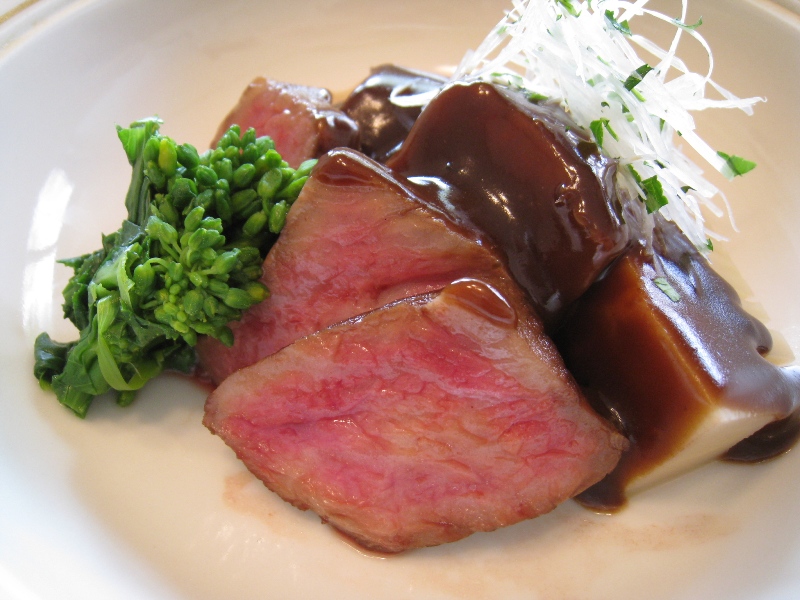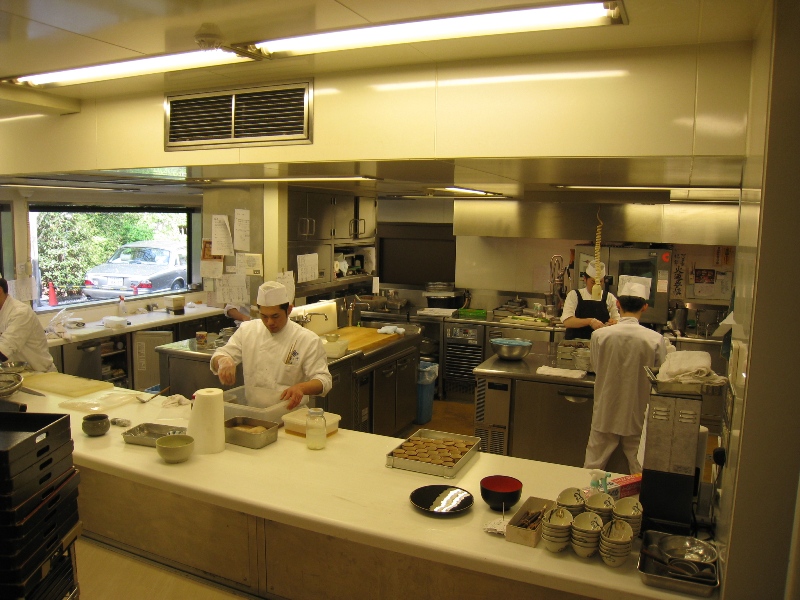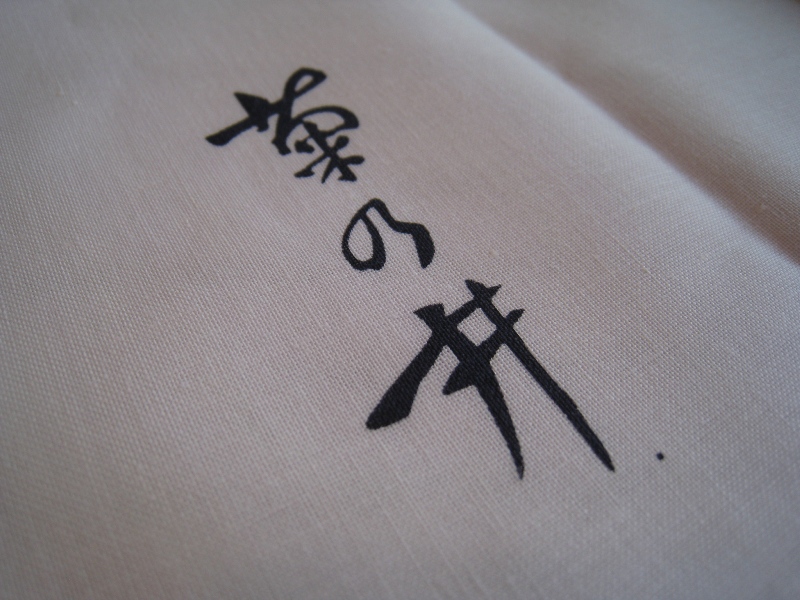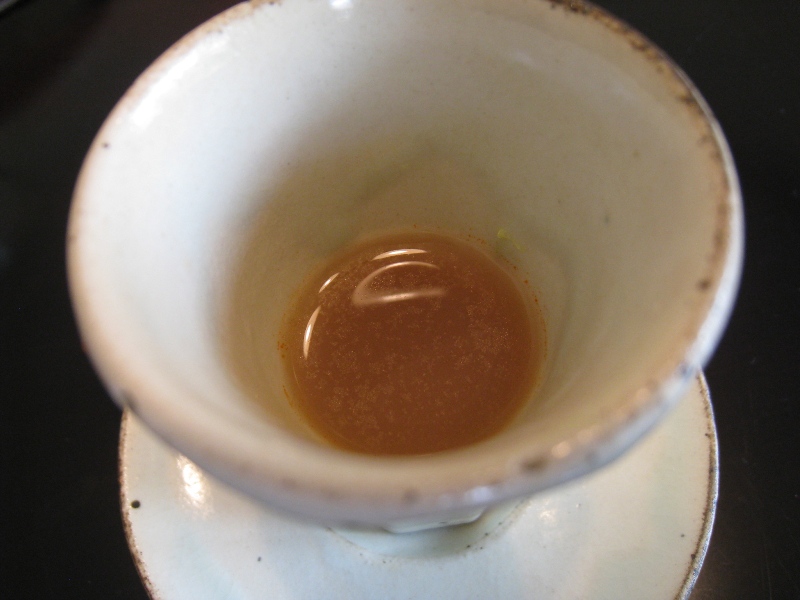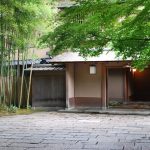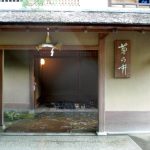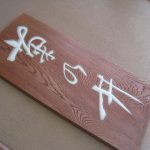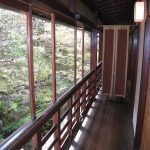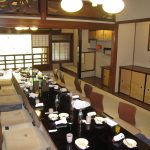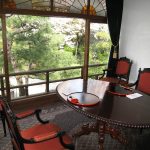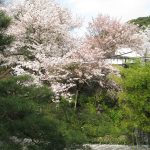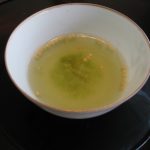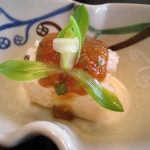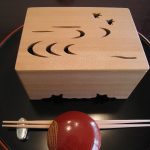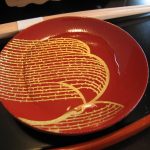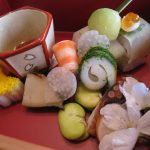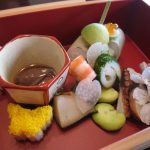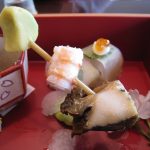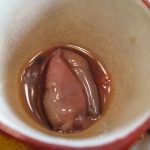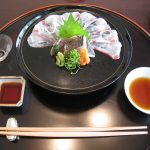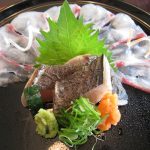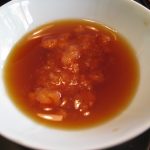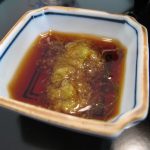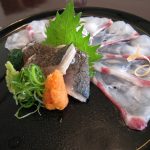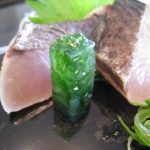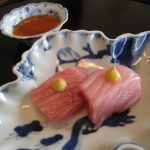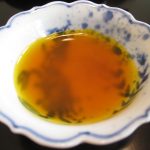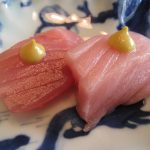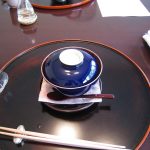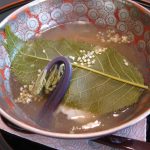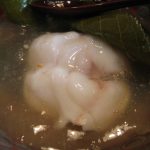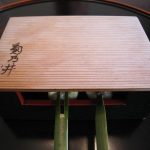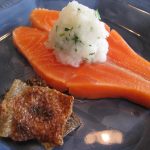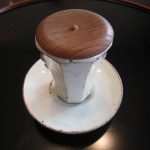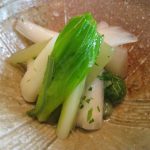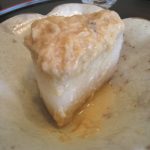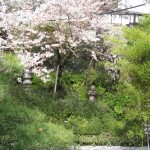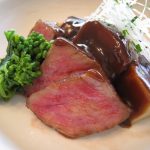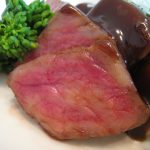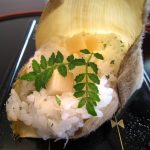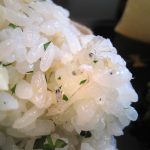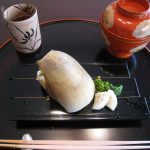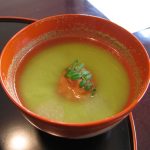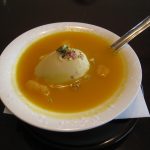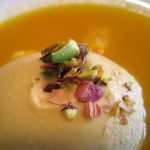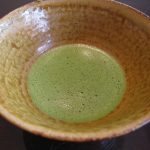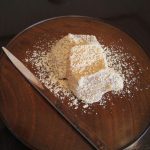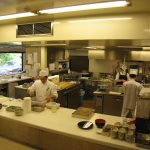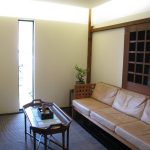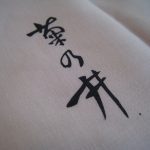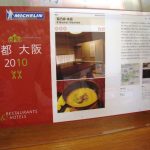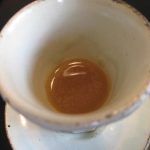CLICK ON THE MAIN PHOTO ABOVE TO VIEW CAPTIONS IN GALLERY FORMAT
Image 1: This legendary restaurant (originally a tea house) is situated near Maruyama Park in the heart of Kyoto. Established in 1912, Kikunoi literally meaning “chrysanthemum well” and is currently headed by the third-generation owner-chef Yoshihiro Murata.
Image 2: This restaurant is famous not only within Japan, but in the circle of elite chefs around the world. René Redzepi of Noma has named his meal here the Best Meal of the Year in 2009 and his cooking was influenced by Japanese cuisine since then.
Image 3: Kaiseki cuisine is closely tied to the four seasons as the chef would describe it as "Eating the Seasons".
Image 4: In order to enter the traditional Japanese house we had to remove our shoes. On both side of the hallway, there were tatami rooms for small groups.
Image 5: The private dining setting was very spacious and exclusive as if we were staying at an exclusive ryokan (traditional Japanese 旅館).
Image 6: In the main area, there was a large traditional room for large group but it could be easily partitioned into smaller rooms.
Image 7: And finally, facing the front garden was a more westernized room with table and chairs. Once we got settled, the staff served us warm tea to start the experience off.
Image 9: A warm tea to start things off.
Image 10: A small surprise from the chef. A cube of milt tofu topped with red sea bream and covered with a ponzu jelly. Wow, we've never had this type of tofu before -- it was extremely creamy yet slightly sticking tongue rather than soft and silky. The pure flavour from the fresh fish, the stimulating soy ponzu jelly, along with the unique tofu texture - all of our senses were awakened!
Image 11: Then our kimono-dressed server brought each of us a treasure box.
Image 12: She then flipped over the shallow round plate and poured in a sip of sake.
Image 13: She didn’t speak English at all, but on the table is their famous cookbook in English; it contained the signature dishes from each season.
Image 14: Whoa! What an eye-opener to really show off their attention to detail! Hidden underneath the petals were poached egg-bearing octopus, fava beans, and a grilled squid dusted with nori seaweed!
Image 15: A butterfly made with mountain yam covered in egg yolk, and a skewer reclining on a pair of sea bream rolls.
Image 16: This turned out to be a skewer of avocado, shrimp, and abalone!
Image 17: And the best part of this treasure box was this slippery looking raw baby squid marinated in soy vinaigrette. Amazing! Our palates were completely overwhelmed by the wide range of seasonal ingredients in this one single dish!
Image 18: I was very impressed with the elegant food presentation. Next came a beautiful sashimi plate with two kinds of sauce.
Image 20: The daikon into the ponzu sauce on the right...
Image 21: ... and the wasabi into the soy sauce on the left.
Image 22: So, the sauce on the right was for the thin slices of bream and the one on the left was for the baby mackerel accompanied with scallion.
Image 23: There was an interesting pillar of Suizenji seaweed jelly, too.
Image 24: The second part of the sashimi course turned out to be the best sashimi of our lives - ever!
Image 25: It was served with a thick egg yolk soy sauce.
Image 26: Bluefin tuna, the most highly priced sashimi, with a touch of mustard - chutoro (side of belly) on the left and otoro (the fattiest portion in the belly) on the right. I knew Bluefin is an endangered fish, but OH MY GODDDDDD... after that piece of sashimi, I knew why it's endangered! I dipped it in the sauce, popped it in the mouth, and it simply melted away!
Image 27: While our minds were still reeling from the bluefin sashimi, the next course arrived.
Image 28: Covered in a cherry leaf with a warabi fern head and toasted rice crackers...
Image 29: ... was tilefish in a gluey ginger soup. Excellent flavour but we were not big fans of such a sticky-thick soup.
Image 31: Basted ocean trout accompanied by crispy fish skin and daikon garnish. This trout was cooked by repeatedly pouring hot oil on top so that both the firmness and flavour were retained. This trout was much better than the one we had in Tetsuya's, despite it being the signature dish of Tetsuya's!
Image 33: Fresh salad of udo stalk, butterbur, urui, kinome herb vinegar jelly. A simple yet distinctive course allowing us to feel spring in our mouths. We truly experienced "Eating the Seasons"!
Image 34: Minced bream in white miso paste on potato. I wanted to leave more room for the main course but I couldn't resist finishing this whole dish after a taste of the miso.
Image 35: We took advantage of our short break before the main course to enjoy the snowing sakura from our dining room window. Click here.
Image 36: Since the Japanese have such a great reputation for their Kobe beef, we were hoping our meat course to be beef and it was like they could read our minds! And what was better is that they served us Matsusaka beef, a meat that's even more exclusive than Kobe beef.
Image 37: What a rich and creamy piece of well-marbled meat! We were very impressed by the quality of ingredients here!
Image 38: This was a big bamboo shoot sushi with kinome garnish! An aromatic herb from the leaves of the Sansho (equivalent to Sichuan pepper) tree.
Image 39: A careful look revealed some baby sardines!
Image 41: A concentrated green pea soup with shrimp cake and kinome.
Image 42: We were extremely full from that generous portion of rice, but we couldn't resist this superb fruity dessert.
Image 43: Pistachio ice cream and an exotic tangy-sweet mango soup. Japan is also known for their high quality fruit and we were not disappointed at all. We've had mangos from all over the world but nothing ever came close to this mango soup.
Image 44: A proper matcha, a frothy strong green tea, to end the kaiseki. As expected, it was perfectly whisked without lumps at the bottom or powder on the side.
Image 45: Just like a tea ceremony, the bitter tea was always accompanied by wagashi (Japanese confection). This was warabi mochi, a jelly-like sweet dipped in sweet toasted soybean flour.
Image 46: A quick peek at the kitchen after the meal. This was only the cold section of the kitchen as there were a total 20 chefs preparing food for about 40 customers each service.
Image 47: This was a meal where the chef really communicated the flavour of the seasons and only a highly skilled chef can accomplish this. While relaxing in their tea room appreciating the traditional atmosphere, our minds were still buzzing with and the high calibre of this meal. What a highlight of our Japanese exploration!
Image 48: Our servers then came to us with our serviettes used during the meal as souvenirs!
Image 49: A well-deserved 3-star!




